Evans Seven: Teams that could fill shoes of current Sweet 16 schools
As the nation has been captivated by the play of Loyola-Chicago and Michigan, this year features one of the more unique Sweet 16 fields we have seen in some time. In this week’s Evans Seven, we target seven programs that could reach the Sweet 16 next year and might draw comparisons to those that made a run into the Sweet 16 this year.
MORE: Which team will get the most out of its Sweet 16 run?
RANKINGS: 2018 Rivals150 | 2019 Rivals150 | 2020 Rivals150 | 2018 Team
This year: Texas A&M - Next year: Maryland?
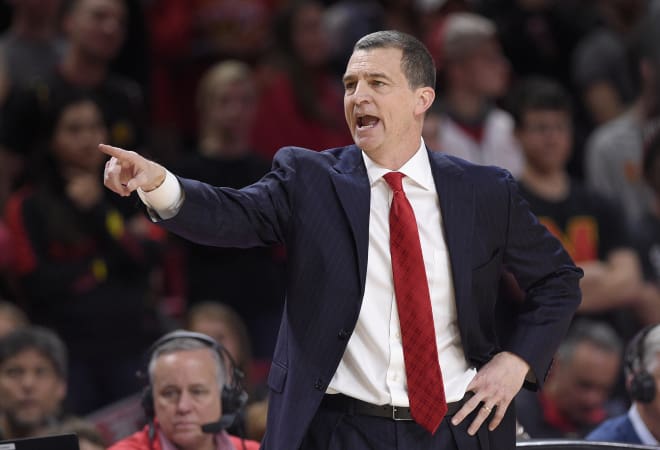
Maryland coach Mark Turgeon once resided over the Texas A&M program, but there are more similarities here. Just like Texas A&M last year, the Terps are reeling after a mediocre campaign that saw it miss the NCAA Tournament. Next season, if everyone of note returns, Maryland has the chance to play its way into a Sweet 16 berth by relying on a heavy contingent of big men in the form of Ivan Bender, Bruno Fernando and five-star 2018 big man Jalen Smith. That frontline may not be as daunting as Texas A&M’s current ensemble of Robert Williams, Tonny Trocha-Morelos and Tyler Davis, but just as Turgeon has become comfortable playing big-men lineups with the Aggies, Maryland could see a rebounding dominance with its group.
The Terps have a combo forward in Justin Jackson who can play a role to similar to D.J. Hogg, though Jackson is not as great of a shooter. And talented off-guard Darryl Morsell could blossom in his sophomore year into a player similar to Admon Gilder.
This year: Florida State - Next year: Stanford?
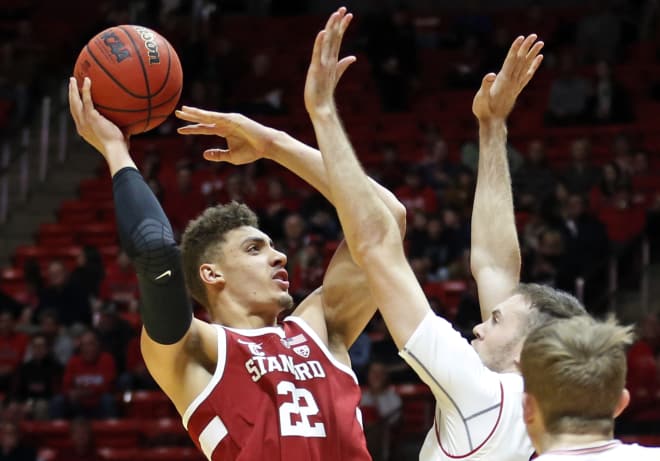
Length, length and more length. Florida State used its length to make a run to the Final 8 as a No. 9 seed. And while the Cardinal made their own Sweet 16 run in 2014, their chances of getting back next season while playing in the mold of the Seminoles look favorable.
The Cardinal have suffered through their fair share of injuries in recent seasons, but if Reid Travis returns for his senior campaign and if their roster is healthy for the first time during the Jarod Haase era, Stanford might not only be dancing next year, but also playing in the Sweet 16.
Florida State is chock full of depth across the board, just as the Cardinal should be. Stanford's Kezie Okpala, Oscar Da Silva and Josh Sharma are all versatile defenders that can cause havoc, similar to the Seminoles’ Mfiondu Kabengele, Jean Marc Koumadje and Phil Cofer. Leonard Hamilton has been a fan of bigger guards in the mold of Trent Forrest and Terance Mann. Stanford boasts similar prospects in Daejon Davis and 2018 pledges Bryce Wills and Cormac Ryan.
Year three for Haase may be the time for a campaign that sees his Pac-12 unit playing past the first weekend of the NCAA Tournament for the first time in five years.
This year: Purdue - Next year: Marquette?
They might not be as old as Purdue, as the Boilermakers boast four seniors in its starting five when Isaac Haas is healthy, but Marquette has similar scoring firepower as an elite offensive unit. Sam Hauser, though not the defensive stalwart that Dakota Mathias is, brings versatility, size and shot-making, and both stand at 6-foot-7 and shoot over 44 percent from 3-point range.
While Marquette relies much more on transfers than Purdue, it will have similar size and multi-positional ballplayers that Matt Painter currently relies on. Markus Howard has shades of Carsen Edwards in him, and each has scored at least 40 points in a game this season. The Golden Eagles have twin towers on their roster in Matt Heldt and Harry Froling and a combo forward that is just as talented as Vince Edwards in current freshman redshirt Joey Hauser.
Versatility and offensive firepower are the name of the game for Purdue this season. The same can be in the cards for Marquette next year, equating to a Sweet 16 appearance.
This year: Clemson - Next year: Nebraska?
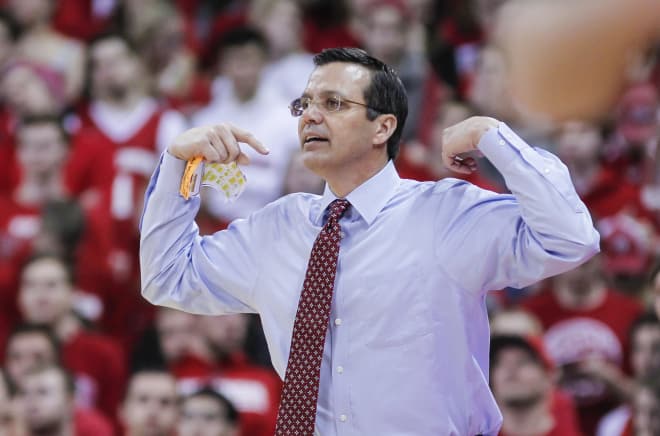
Brad Brownell entered the season squarely on the hot seat. Having reached just one NCAA Tournament during his six years on campus, the coach answered the bell this year, and Clemson is playing in the Sweet 16 for the first time in 21 years. Relying on a bevy of transfers, upperclassmen and scorers in its backcourt, might Nebraska next year be what the Tigers currently are?
Each program takes a backseat of sorts as football reigns supreme at both Clemson and Nebraska. Tim Miles, just like Brownell, will be entering next season having made just one NCAA Tournament during his first six years on the job in Lincoln. However, Miles has begun to work out the kinks, and is finding a way to get older while also enrolling four-year, ready-made contributors.
Isaac Copeland and James Palmer should return for their senior year next fall, and Isaiah Roby has the abilities to evolve into a Clemson clone of Donte Grantham. Nebraska's Jordy Tshimanga is an interior glass eater similar to Elijah Thomas. The upward trajectory of the Huskers program, which barely missed the NCAA Tournament this year, is primed to be in the tourney next year.
This year: Kansas State - Next year: Mississippi State?
Could there be a connection between Manhattan, Kan., and Starkville, Miss.? This year’s K-State bunch compares to what MSU’s personnel should look like next year.
Lamar Peters is the type of bucket-getting guard that compares well with current Wildcats star Kamau Stokes. Who could fill the role of Barry Brown on Mississippi State’s roster next year? Quinndary Weatherspoon has all of the tangibles to evolve into a lockdown defender while remaining a major presence on the offensive end of the floor. He has solid career averages of over 14 points, four rebounds and two assists.
Mississippi State also has an interior producer in Abdulhakim Ado, who could bring the same weapons down low as late bloomer Makol Mawien. The Bulldogs will enroll five-star forward Reggie Perry in the fall, and he can evolve into a quality face-up piece that Kansas State currently possesses in all-league forward Dean Wade.
In 2005, Bruce Weber coached in the national title game. Ben Howland followed him the next year. Might Howland be ready to follow a similar order next season with his Bulldogs’ bunch?
This year: Loyola-Chicago - Next year: College of Charleston?
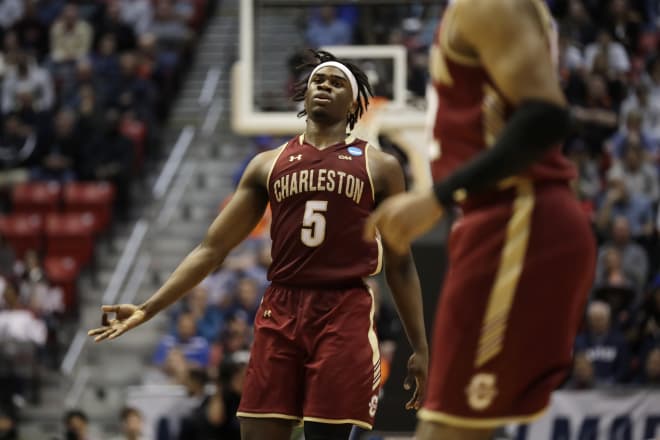
Loyola-Chicago reached its first NCAA Tournament since 1985, and has reached the Elite Eight. Success has been a long time coming for College of Charleston, too, as the Cougars haven’t won a game in the NCAA Tournament since 1997.
Both units have relied upon at least four players 6-foot-6 or smaller on the floor at any given time. Loyola has gone big with a solid 15-feet-and-in producer Cameron Krutwig, and transfer big man Sam Miller could be used in a similar manner at Charleston next year. Charlestons's backcourt features Marquise Pointer, Zep Jasper, and Grant Riller, and those three have the chance to push College of Charleston into basketball lore similar to the heavy contingent of Loyola guards that includes Clayton Custer, Ben Richardson and Lucas Williamson.
The X-Factor for each team is Loyola's Donte Ingram and Jarrell Brantley, two forwards that were once labeled as tweeners but are now difference-makers because of their vast scoring abilities. Cinderella’s slipper fit nicely at Loyola this year. Expect those shoes to be filled by the College of Charleston next season.
This year: Nevada - Next year: New Mexico?
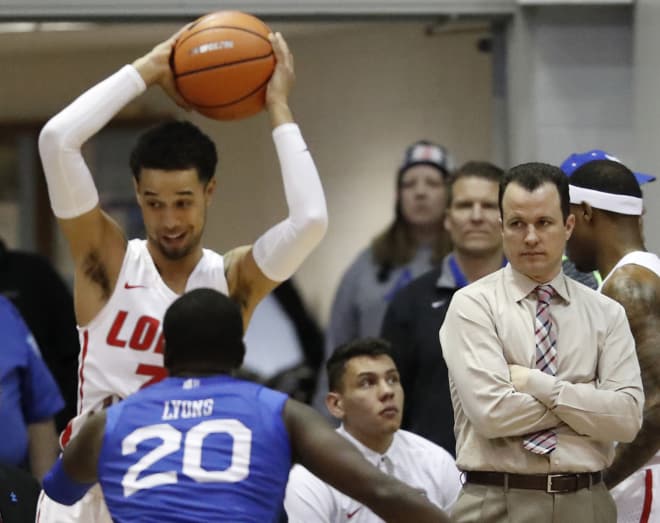
Third-year head coach Eric Musselman has built Nevada primarily with transfers and multi-positional wings and forwards, and that group reached the Sweet 16. Might another MWC unit, one that is led by a third-year head coach who relies on size in the backcourt and versatility on the wings and in the frontcourt, be next in line for March success?
There won't be any twins on New Mexico’s roster next year like Nevada's Cody and Caleb Martin, but there is a plethora of talent that decided to transfer down a level. Carlton Bragg, a former McDonald’s All-American, Vance Jackson - a four-star forward who played at UConn his freshman year - and five-star guard JaQuan Lyle - who will likely be its lead guard next season at 6-foot-5 - are primed to take New Mexico to great heights.
The Lobos also boast one of the top shooters in America in Anthony Mathis, an outside threat similar to that of Nevada’s Kendall Stephens. The Lobos' firepower may not be as strong as Nevada’s, but their depth is even more promising, so don't be surprised to see another Sweet 16 ticket punched by an MWC squad next year.









